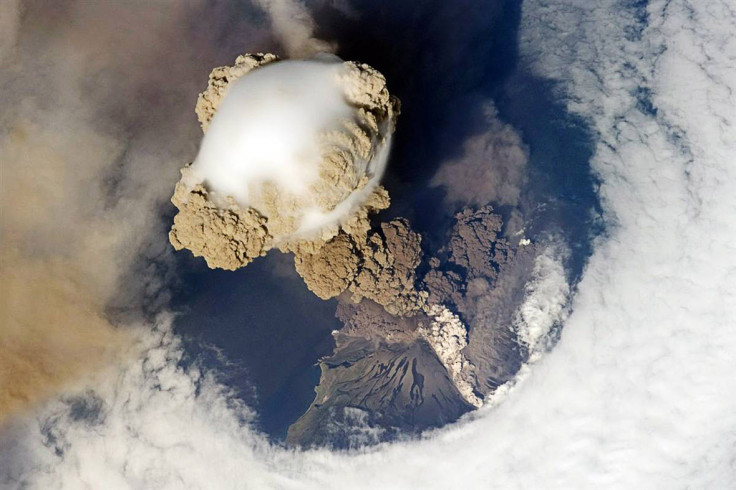Climate change: Global warming hiatus explained by atmosphere-cooling volcanic eruptions

The recent hiatus in global warming is a result – in part – of volcanic eruptions, scientists have said.
Sulphur dioxide emitted during eruptions has long been known to cool the atmosphere but recent research has identified further "climate signals" showing the effect of volcanoes on global temperatures.
The warmest year ever recorded was 1998, after which temperatures appeared to level off. This hiatus has often been used by climate change deniers to suggest warming is not a result of manmade activities.
In 2011, a study published in Science showed that an increase in volcanic activity could be partially responsible for the hiatus. Before this, it was thought only very large eruptions had any effect.
Previous research had also suggested this process explains up to a third of the warming hiatus witnessed over the last 15 years.
Published in the journal Geophysical Research Letters, scientists from the Lawrence Livermore National Laboratory found that a series of small volcanic eruptions in the 21<sup>st century deflected considerably more solar radiation than was previously estimated.
Volcanic eruptions cool the atmosphere through the sulphur dioxide expelled. Droplets of sulphuric acid that form when the gas combines with oxygen in the upper atmosphere reflects the sunlight away from Earth, lowering surface temperatures.
Findings of the latest study are the result of a combination of ground, air and satellite measurements, providing the "missing piece of the puzzle" that bridges the gap between the stratosphere and the troposphere.
Their improved estimates of total volcanic 'aerosols' showed that volcanoes could have caused cooling of between 0.05 degrees to 0.12 degrees Celsius since 2000.
Lead author Benjamin Santer said: "This new work shows that the climate signals of late 20th and early 21st-century volcanic activity can be detected in a variety of different observational data sets."
Mark Zelinka, study co-author, added: "The fact that these volcanic signatures are apparent in multiple independently measured climate variables really supports the idea that they are influencing climate in spite of their moderate size. If we wish to accurately simulate recent climate change in models, we cannot neglect the ability of these smaller eruptions to reflect sunlight away from Earth."
© Copyright IBTimes 2025. All rights reserved.






















